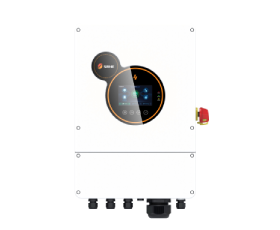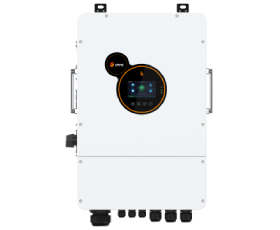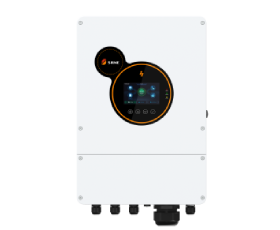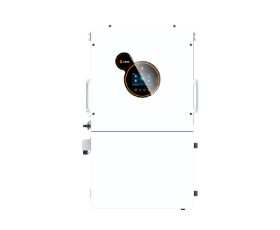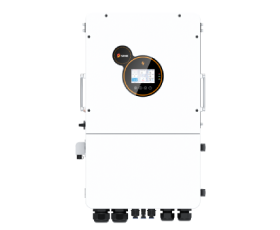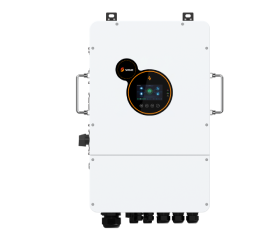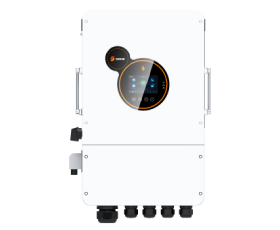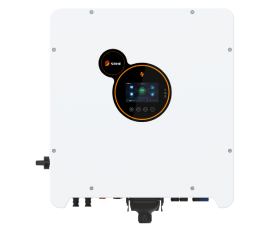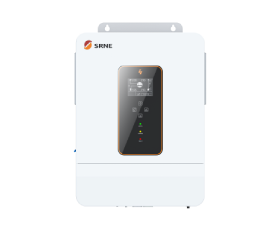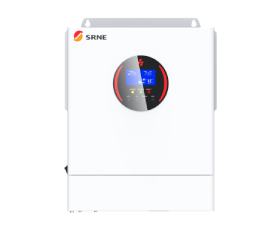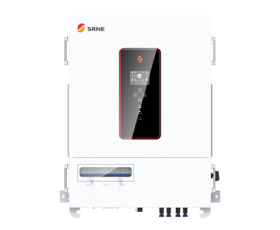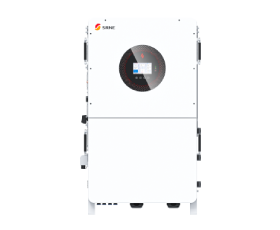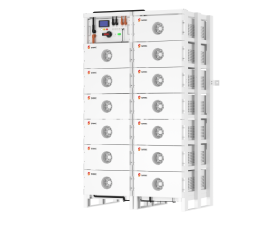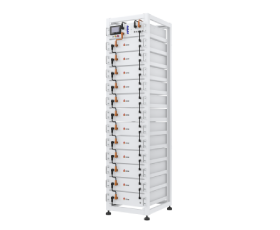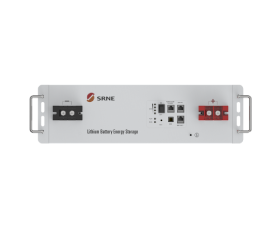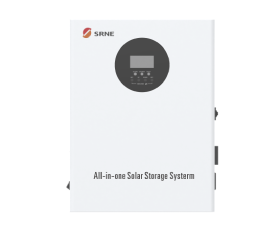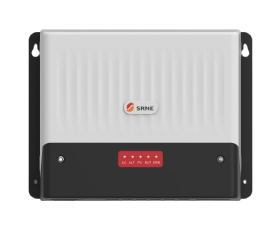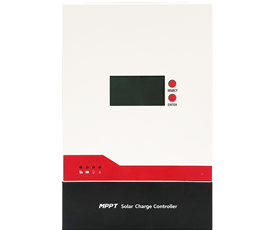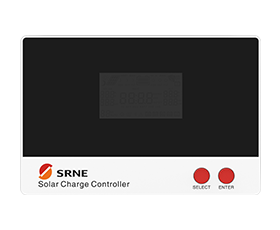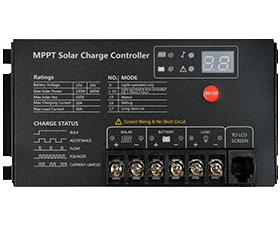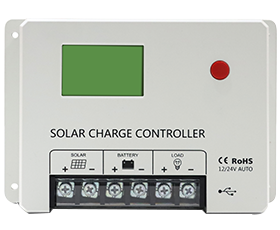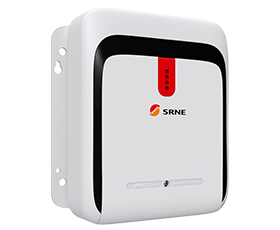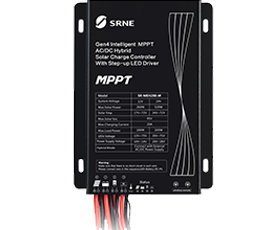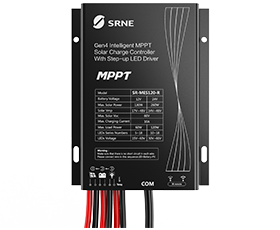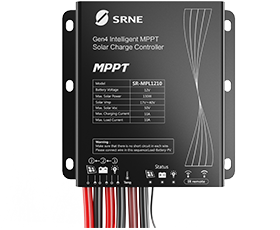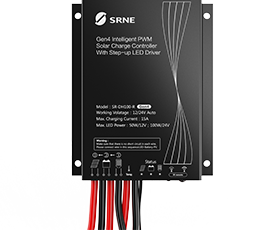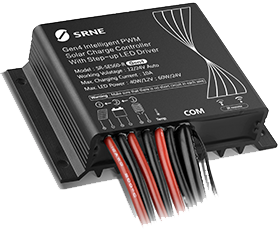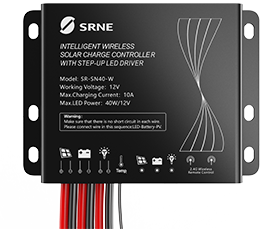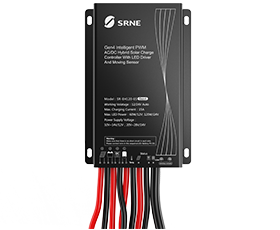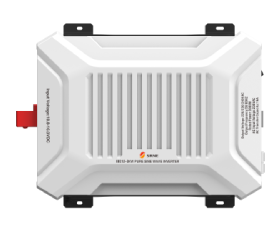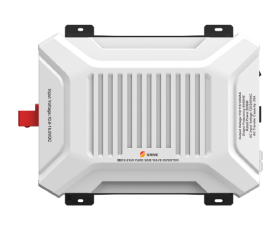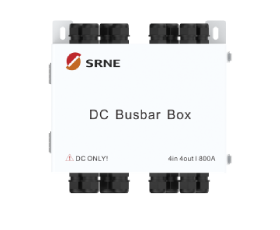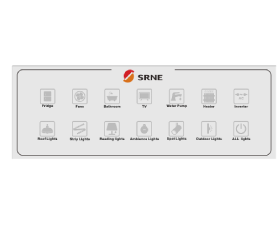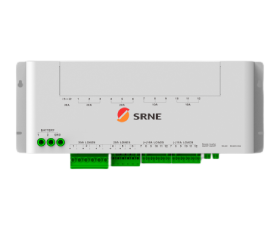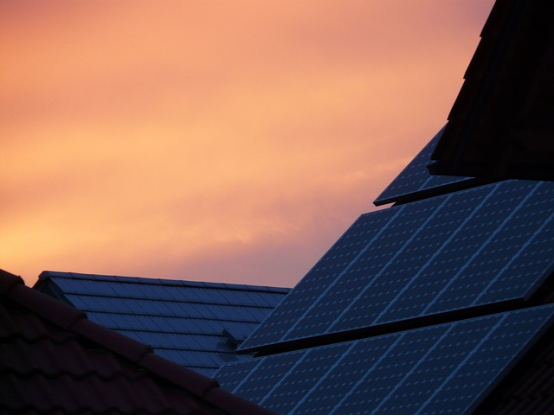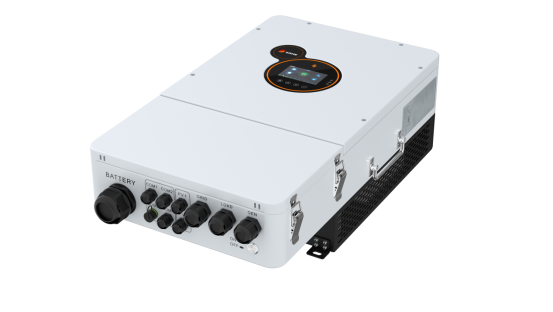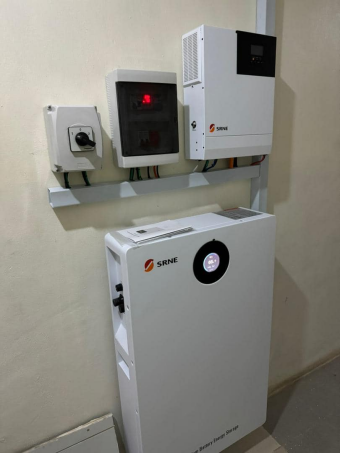How to Size a Home Power Inverter for Your Needs: A Step-by-Step Guide
Choosing the right size for your home power inverter is essential for ensuring that your household appliances run efficiently and that your energy system is reliable. A properly sized inverter helps prevent overloads and maximizes energy efficiency. In Srne guide, we'll walk you through how to calculate the right inverter size, whether you're considering a hybrid inverter, an off-grid inverter, or integrating with residential energy storage.
Step 1: Assess Your Household Power Requirements
Start by making a list of all the appliances and devices you plan to power using the inverter. These include essential items such as refrigerators, lighting, air conditioning units, and other electronics. Knowing the power consumption of each device is the first step in determining the appropriate inverter size.
Calculating Wattage
The wattage of each device can typically be found on its label or user manual. The formula to calculate wattage is:
Wattage (W) = Voltage (V) × Amperage (A)
For example, a refrigerator may use 200W, while a fan might consume 70W. Don’t forget to factor in the surge wattage for appliances that need extra power when starting up, like refrigerators or pumps.
Step 2: Add Up the Total Power Consumption
Once you have the wattage of each appliance, add them together to get the total power requirement for your inverter.
Total Power (W) = Sum of all device wattages + Surge wattage
For example, if your total running wattage is 2200W and your surge wattage adds another 400W, your total power requirement is 2600W.
Step 3: Account for Inverter Efficiency and Future Growth
Inverters typically operate at an efficiency of around 85%-95%. To ensure your inverter can handle your total load, divide your total power consumption by the inverter’s efficiency.
Required Inverter Power = Total Power ÷ Efficiency
If your total power requirement is 2600W and you choose an inverter with 90% efficiency, your calculation would be:
2600W ÷ 0.90 = 2889W
Planning for Future Needs
It’s wise to plan for future energy needs, such as additional appliances or integrating a solar system. Add 20%-30% to your total wattage to accommodate future growth, especially if you’re considering a residential energy storage solution or an off grid solar inverter setup.
Step 4: Choosing the Right Inverter Type
Selecting the right type of inverter is crucial for your system’s performance. You’ll need to decide between a inverter pure sine wave and a modified sine wave inverter. Sine wave inverters are best for sensitive electronics and provide cleaner power, while it more budget-friendly but may not be compatible with certain devices.For those looking to combine solar energy with traditional grid power, a solar inverter hybrid is the ideal solution. SRNE Solar Inverters offer both hybrid and off-grid models, providing reliability and efficiency for various applications, including residential energy storage.
Step 5: Off-Grid vs. Grid-Tied Inverter Systems
If you're setting up an off-grid system, your off-grid inverter needs to be sized to handle all of your power needs independently. This means accounting for both peak loads and energy storage.For grid-tied systems, SRNE's hybrid inverters allow for seamless switching between solar and grid power, ensuring you have continuous energy, even during outages.
Step 6: Sizing Battery Storage for Off-Grid Systems
In an off-grid solar inverter setup, battery storage plays a vital role. The size of your inverter batteries bank depends on the capacity and your total energy consumption. To calculate inverter battery capacity, use the following formula:
Battery Capacity (Ah) = Total Daily Energy Consumption (Wh) ÷ Battery Voltage (V)
For example, if your total daily energy consumption is 10,000Wh and your battery voltage is 48V, the calculation would be:
10,000Wh ÷ 48V = 208Ah
This ensures that your battery system is capable of meeting your energy needs for an extended period.
Conclusion
Sizing a home power inverter involves a thorough understanding of your power needs, accounting for efficiency, and planning for future expansion. Whether you're considering a hybrid inverter, an off-grid inverter, or a solution about power inverter for home, The SRNE is well-known power inverter manufacturers in the world,providing reliable, high-efficiency solutions
tailored to your specific needs. By following these steps, you can ensure your inverter is perfectly sized to handle your household’s power requirements, both now and in the future.





















